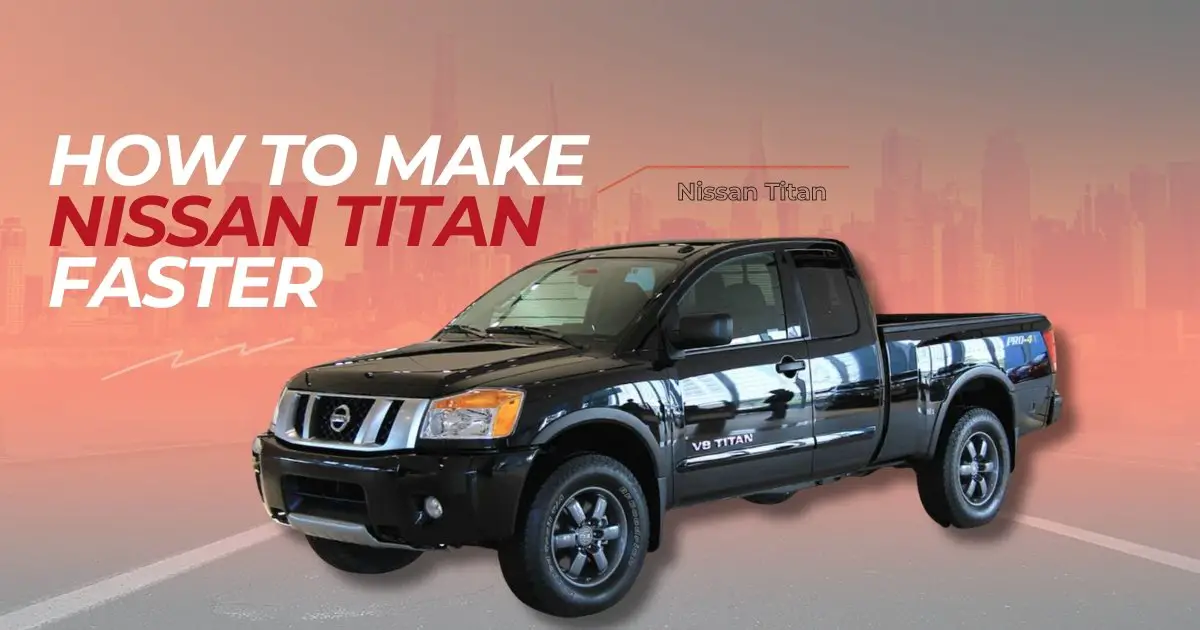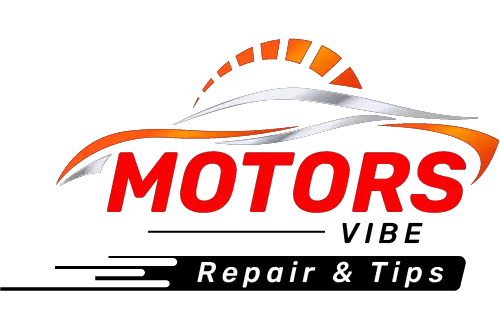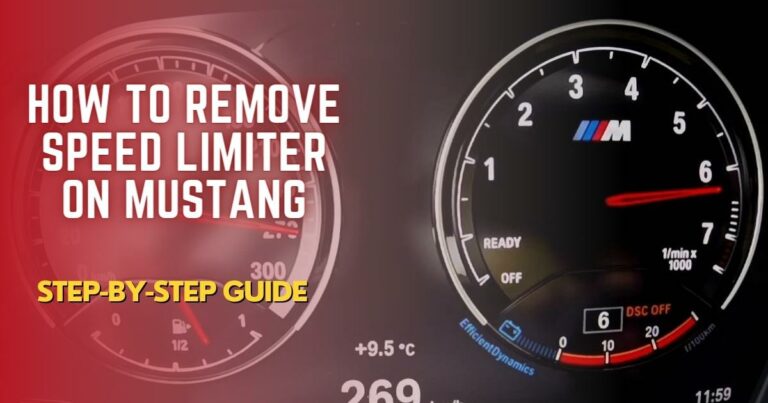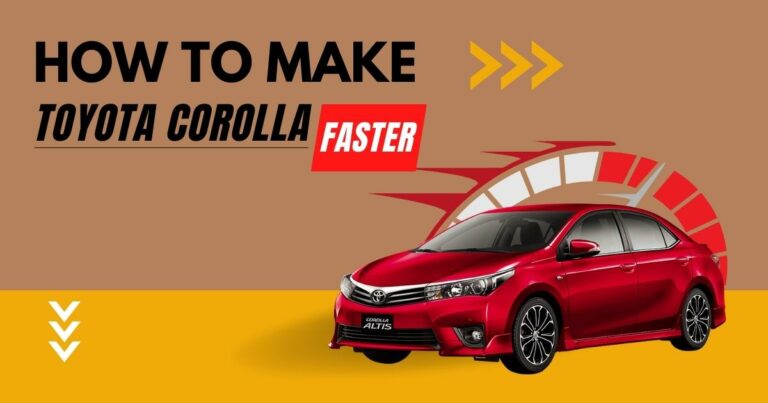How to Make Nissan Titan Faster – With Performance Mods
The Nissan Titan is increasingly a popular choice among pickup truck enthusiasts, and it is for good reasons. The Titan has carved out a prominent place in the competitive truck market thanks to its powerful engine options, rugged build, and versatile capabilities.
As its appeal continues to grow among drivers, so does the desire to enhance its speed and performance. Most people spend a lot of time in their cars, and as such, it is paramount to ensure that the vehicle meets your expectations in terms of speed and performance.
Nissan Titan Overview
The Nissan Titan is a full-size pickup truck manufactured by the Japanese automaker Nissan specifically for the North American market. Produced in Nissan’s manufacturing facility in Canton, Mississippi, the Titan competes in the highly competitive segment of trucks dominated by American manufacturers such as Ford, Chevrolet, and Ram.
Nissan Titan Features and Specs
| Engine | Drivetrain |
| 5.6-liter Direct Injection Gasoline (DIG) DOHC 32-valve V8 engine 400 hp @ 5,800 rpm 413 lb-ft of torque @ 4,000 rpm | Drivetrain- 4×2 9-speed automatic transmission Rear-wheel drive |
| Suspension | Chassis |
| Independent double-wishbone front suspension Multi-leaf rear suspension with solid axle | Body-on-frame construction Full-length, fully boxed ladder frame |
| Brakes | Steering |
| 13.78″ x 1.2″ front vented disc brakes 13.58″ x 0.8″ rear vented disc brakes 4-wheel Anti-lock Braking System Brake Assist | Rack-and-pinion-engine-speed-sensitive power steering |
| Wheels and Tires | Security |
| 18″ Dark-painted machine-finished aluminum-alloy wheels P265/70R18 all-season tires Full-size spare tire | Vehicle Security System Nissan Vehicle Immobilizer System |
| Capacity | Dimensions |
| Seat Capacity- 6 Fuel tank (gals.)- 26.0 Engine oil (qts.)- 6.9 | Overall length- 228.2 inches Overall width- 79.5 inches Overall height- 75.4 inches Wheelbase- 139.8 inches Ground Clearance- 9.6 inches |
| Towing | Fuel Economy |
| Maximum towing capacity – 9,290 lbs. Maximum payload capacity- 1600 lbs. Curb weight- 5,493 lbs. | City- 15 MPG Highway- 21 MPG Combined- 17 MPG |
How to Make Nissan Titan Faster
Nissan Titan is a go-to truck for towing and hauling, but it’s not typically marketed as a high-performance vehicle. So, if top speed is a significant factor for you, you might want to consider vehicles designed for higher performance, such as sports cars or luxury sedans.
That being said, it’s possible to increase the top speed of a Nissan Titan through various modifications. However, it’s important to ensure that any modifications comply with local regulations and are performed by qualified professionals to maintain safety and reliability.

Nissan Titan Performance Upgrades
Nissan Titan Engine Upgrades
Upgrading the engine of a Nissan Titan is a common pursuit for anyone seeking to amplify its performance and overall driving enjoyment. These enhancements can also bolster towing capacity, making your vehicle more versatile for hauling heavy loads or trailers. That said, here are some common engine upgrades for the Nissan Titan;
Installing a Cold Air Intake
Installing a cold air intake system helps improve airflow to the engine, resulting in increased horsepower and torque. Cold air intakes work by drawing cooler, denser air from outside the engine bay, which, in turn, provides more oxygen for combustion and enhanced engine efficiency.
Performance Exhaust System
Enhancing your vehicle with a high-performance exhaust system offers multiple benefits. For instance, a high-performance exhaust system reduces back pressure and improves exhaust flow, resulting in power gains and a more aggressive exhaust note. Additionally, these systems often weigh less than stock setups, which enhances agility and responsiveness on the road.
Turbocharger or Supercharger Kit
Forced induction systems like turbochargers or superchargers can dramatically increase engine power by compressing more air into the cylinders. The extra air allows more fuel to be burned, resulting in significant horsepower and torque gains.
Overall, the Nissan Titan supercharger HP gain transforms the Titan’s performance by providing enhanced acceleration and overall driving exhilaration. However, installing a turbo or supercharger kit often requires extensive modifications and professional tuning to ensure reliability and performance.
Engine Tuning/Performance Chips
Engine tuning involves modifying engine parameters or installing performance chips to optimize performance, fuel efficiency, and emissions. The idea behind this is to unlock additional horsepower and torque. The power boost, in turn, enhances the Titan’s acceleration and towing capabilities, making it faster both off the line and during overtaking maneuvers on the road.
Camshaft Upgrades
The camshaft plays a critical role in controlling the opening and closing of the engine’s intake and exhaust valves. Installing, a high-performance camshaft can alter the timing and duration of valve openings, leading to enhanced airflow into and out of the combustion chambers. The result of this is improved low-end torque, mid-range power, and high-end horsepower.
Fuel System Upgrades
Fuel upgrades are aimed at optimizing the fuel system’s performance to support increased horsepower levels, improve engine response, and ensure reliable operation under demanding conditions. This often entails upgrading the fuel injectors, fuel pump, or fuel lines to ensure an adequate fuel supply to support increased power levels. This is particularly important when making significant modifications such as turbocharging or supercharging, where fuel demands are much higher than stock.
Engine Internals
For extreme performance builds, upgrading internal engine components such as pistons, connecting rods, crankshafts, and cylinder heads may be necessary to handle increased power and torque levels reliably. Reinforcing these components helps prevent catastrophic failures under high-stress conditions, thereby ensuring the engine’s durability and longevity.
Engine Swap
In some cases, Titan’s owners may opt for a complete engine swap by installing a more powerful engine from another vehicle model or aftermarket supplier. Engine swaps can offer substantial performance gains but require careful planning, fabrication work, and sometimes custom engine mounts or wiring harnesses to ensure compatibility and reliability.
Transmission Upgrades
Transmission upgrades involve enhancing or replacing the components of a vehicle’s transmission system to improve performance, durability, and efficiency. These upgrades can include installing higher-performance transmission components such as gears, clutches, torque converters, or valve bodies, or replacing the entire transmission with one designed for higher power handling capabilities.
Generally, upgrading the transmission helps expand the gear spread, allowing for more seamless power delivery across a wider range of speeds. This can result in smoother acceleration and improved drivability, particularly when towing heavy loads or navigating varied terrain.
In addition, performance-oriented transmissions often feature quicker and more precise gear shifts compared to stock units. This help reduce shift times and minimize power loss during gear changes, resulting in faster acceleration and improved overall performance.
Aerodynamic Modifications
Aerodynamic modifications refer to alterations or enhancements made to the exterior design of a vehicle to improve its aerodynamic performance. These modifications aim to reduce drag, manage airflow, and enhance stability at various speeds, ultimately leading to improved fuel efficiency, better handling, and higher top speeds. Examples of aerodynamic modifications include;
Front Air Dam/Splitter
This entails adding a front air dam or splitter to redirect airflow around the front of the vehicle, which reduces drag and improves stability at high speeds. These components can also help to reduce lift by managing airflow underneath the Nissan Titan.
Hood Scoops/Vents
Reinforcing hood scoops or vents help improve airflow through the engine bay to enhance cooling efficiency and reduce air resistance. They can also help to reduce air pressure buildup under the hood, thereby reducing lift and improving aerodynamic performance.
Side Skirts
Side skirts are panels mounted along the lower edges of the vehicle’s sides to smoothen airflow and reduce turbulence along the vehicle’s body. This helps to minimize drag and improve stability, especially at higher speeds.
Rear Spoiler/Wing
A rear spoiler or wing is designed to disrupt airflow over the rear of the vehicle, thereby reducing lift and improving stability. It can also help to reduce drag by minimizing turbulent airflow in the vehicle’s wake.
Diffuser
A rear diffuser is typically installed beneath the rear bumper to help manage airflow underneath the vehicle. The diffuse works by expanding the airflow, reducing air pressure, and minimizing drag. Additionally, a diffuser can help to improve the efficiency of the vehicle’s rear aerodynamics.
Weight Reduction
Reducing weight entails decreasing the overall mass of a vehicle by removing, replacing, or redesigning components to make it lighter. The goal of weight reduction is to enhance the vehicle’s performance, including acceleration, braking, and fuel efficiency, by reducing the amount of energy required to move the vehicle.
Lightweight Materials
Substituting heavy materials with lighter alternatives is a great way of reducing your vehicle’s overall weight. For instance, you can opt to use carbon fiber, aluminum, or magnesium components instead of steel, which is considerably heavy. This can include body panels, wheels, suspension components, and interior trim pieces.
Removing Non-Essential Components
Removing non-essential components is a common practice for reducing weight and improving overall performance. This may involve removing rear seats, spare tires, sound-deadening material, or infotainment systems that add weight without contributing significantly to the performance or safety of the vehicle.
Aftermarket Parts
Installing aftermarket parts specifically designed for weight reduction can yield substantial weight savings. This can include lightweight exhaust systems, carbon fiber or fiberglass body panels, as well as lightweight seats and wheels.
Optimization of Component Design
Redesigning existing components to be more efficient and lightweight can also contribute to overall weight reduction. This may involve using advanced engineering techniques such as topology optimization or finite element analysis to optimize strength while minimizing material usage.
Performance Suspension
Upgrading the suspension system of a Nissan Titan with performance-oriented components can have a significant impact on its overall speed and handling characteristics. Ideally, these components allow drivers to push the vehicle harder and achieve faster lap times. They include;
Performance Shocks and Struts
Suspension shocks and struts are designed to improve handling, stability, and overall ride quality, particularly in high-performance driving situations. Opting for high-performance shocks and struts can provide better damping control, which, in turn, reduces body roll and improves overall stability and handling, especially during cornering and heavy braking.
Upgraded Springs
Many aftermarket spring kits offer the option to lower the vehicle’s ride height. A lower ride height not only improves the Nissan Titan’s appearance by giving it a more aggressive stance but also reduces aerodynamic drag, which offers better high-speed performance and fuel efficiency.
Sway Bars
Adding thicker or adjustable sway bars (also known as anti-roll bars) is especially beneficial for a vehicle like the Nissan Titan, which has a higher center of gravity due to its truck platform. The sway bars help reduce body roll during cornering, which improves stability and steering response, particularly in tight turns or emergency maneuvers.
Lift Kits
Lift kits are suspension components designed to raise the ride height, thereby providing additional ground clearance. Modifying the lift kit allows the Nissan Titan to traverse rough terrain more easily by providing greater ground clearance. This is particularly useful for off-road driving, where obstacles like rocks, roots, and uneven terrain can hinder your speed.
Performance Bushings
Performance bushings are typically made of materials like polyurethane or solid aluminum to offer superior resistance to deflection. This means they provide more precise and consistent suspension movement, resulting in improved responsiveness to driver inputs. This translates to faster and more precise handling, especially during aggressive driving maneuvers.
Conclusion
The Nissan Titan offers a respectable acceleration and performance, but its focus is more on torque for towing heavy loads rather than outright speed. However, within its class of vehicles, it has a decent amount of power, but you can still make it faster by exploring various Nissan Titans mods and enhancements tailored to your preferences and driving goals. That said, always consult with automotive professionals for guidance on the best upgrades for your specific goals and needs.


![How to Make Dodge Dart Faster [With Performance Mods]](https://motorsvibe.com/wp-content/uploads/2023/10/how-to-make-dodge-dart-faster-768x403.jpg)

![How to Make Lexus IS 200t Faster [Performance Upgrades]](https://motorsvibe.com/wp-content/uploads/2024/02/How-to-Make-Lexus-IS-200t-Faster-768x403.jpg)


